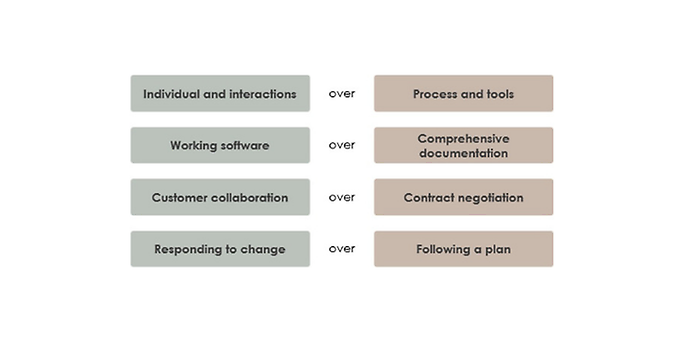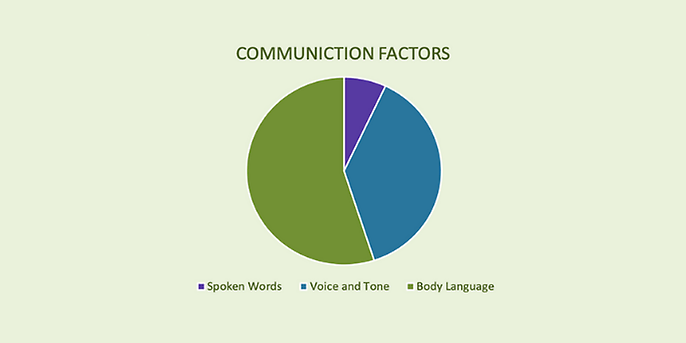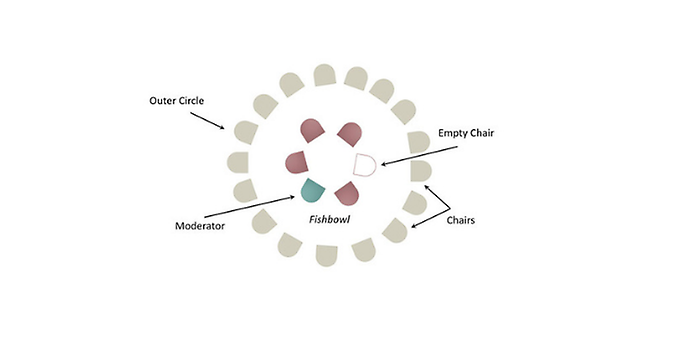19. March 2021 By Kübra Yıldız
At the center of collaboration: Business Analysts
KEY TAKEAWAYS
Co-author: Anıl Barlık
In this article, I tried to explain what collaboration and communication mean for agile teams and how to communicate effectively during development processes. You can also find information about what skills a business analyst should have for better collaboration and communication. In the last part, you will see two collaborative game examples refer-enced from BABOK®.
AGILE MANIFESTO’s EMPHASIS ON COLLABORATION
Let’s start with the dictionary meanings: “The action of working with someone to produce something.”; “to work jointly with others or together especially in an intellectual endeavor.”
Agile manifesto takes this meaning and extends it by putting an emphasis not only on the collaboration between team members but also and more importantly on customer in-volvement in every phase with a collaboration mindset rather than a negotiation viewpoint.
Four values of agile manifesto are shown in the picture below.

Picture 1. Agile manifesto values
Two of these agile values point out the significance of collaboration and communication. Additionally, face-to-face communication which is one of the 12 agile principles has a huge positive impact on improving collaboration and decreasing the amount of time for solving problems. Let’s now zoom in to “communication” a little more.
MAHREBIAN’S RESEARCH ON COMMUNICATION
Except for modeling activities we do alone, all BA activities are based on one thing: Com-munication. According to “7-38-55 Communication Model”, Albert Mehrabian has con-cluded that only 7% of communication takes place through words while 38% takes place through tone and voice. The remaining 55% takes place through body language.
- Verbal: Words. The actual spoken words.
- Vocal: Tone of voice. How we say the words.
- Visual: Body language. Facial expressions, body or hand gestures.

Picture 2. Elements of interpersonal communication
This chart shows us how important face-to-face communication is. As we can see from the percentage of body language, face-to-face communication should be applied as much as possible in agile teams.
BUSINESS ANALYST’S ROLE IN COLLABORATIVE WORKING
Regardless of the project management approach in use, defining the requirements is the main responsibility of a business analyst; however, it’s not limited to this. Elicitation, de-velopment, analysis, support, training… the list goes on. As business analysts, we are at the center of these activities surrounded by different stakeholders, we have to communi-cate more than every member of the development team. We communicate with business SMEs, developers, QA team, Scrum master, product owner, support team and in some cases, we may have to talk to real customers.
In Scrum, a business analyst is always a part of planning, review, retro and refinement meetings. He or she talks about the product backlog items, risks, failures, issues: Many things to clarify and elaborate on. A business analyst’s role is to increase the efficiency of each meeting in a proactive way.
To accomplish above-mentioned activities effectively, there are 4 types of skills we have to focus on and improve. According to BABOK® 3.0, these are:
- Verbal skills: “Business analyst use verbal communication to convey ideas, concepts, facts, and opinions to various stakeholders” - BABOK® 3.0
- Non-verbal skills: It's about how you express what you want to say. The importance of body language is also mentioned in Mahrebian’s research.
- Written skills: As a daily routine, a business analyst has a lot of writing tasks. He or she should use written language clearly and comprehensibly.
- Listening skills: “Effective listening allows the business analyst to accurately under-stand information that is communicated verbally.” -BABOK® 3.0
Like every competence, communication and collaboration skills are no different: regular exercise supported by feedback loops is the only way to become proficient and confident.
FACILITATED COLLABORATION GAMES
A business analyst can also use ‘collaborative game’ techniques to gather the require-ments. These kind of games are used to encourage participants to collaborate and share their knowledge and assumptions. Business analysts get the participants involved and in-form them about the game rules as the facilitator.
Two examples of these games, which are referenced from BABOK®, are explained below.
Fishbowl: With this technique, a business analyst can manage the conversation and keep it under control even with many participants. Participants in the first group talk about the topic and the rest of the group take notes of various viewpoints. It helps identify the hid-den perspectives in a controlled manner.
The great advantage of the fishbowl technique is that it reduces the distinction between the speakers and the audience while allowing many people to voice their opinions. It is ideal for large groups.

Picture 3. Fishbowl conversation technique
Product Box: The product vision box is a very simple yet very powerful technique. The basic idea behind it is to create an actual physical box. Participants fill the box with all the values and benefits of the product to be developed. They are then reviewed, grouped and summarized: each side of the box contains information that summarizes the benefits and features of the project. The name, logo, slogan and also a couple of points highlighting the top benefits of the project can be found in front of the box. On the back, there is more detailed information about the product’s ingredients and attributes and some history about the product or company. This technique is very beneficial for defining the scope and vision of the product at the very beginning of the project.

Picture 4. Product box examples
Besides all of these, there may always be some barriers to establish effective communica-tion. Some of them are as follows:
- Lack of verbal, non-verbal, written or listening skills
- Unwillingness to share in-depth knowledge or idea
- Team members’ shyness in expressing an opinion
- Not having regular conversations with the stakeholders
- Lack of retrospective meetings or any other kind of feedback methods
The majority of these impediments are about the general atmosphere of the team rather than individual inadequacies. These can only be overcome by embracing agile values and spreading them throughout all teams and layers of communication.
CONCLUSION
Collaboration is the most important aspect of an agile team: It brings trust, success and confidence as a consequence, to all team members. To protect this trust, members should respect each other, value different opinions and discuss all suggestions in case of any disagreement. When there is a quick question to be answered or an urgent decision to be made regarding the software, the best way is to talk quickly about it, face-to-face; instead of composing formal emails or writing in tools like an issue tracking tool. And most im-portantly, managers must always keep the pulse of the team, monitor the atmosphere and try to remove “fear of taking initiative” from the air.

